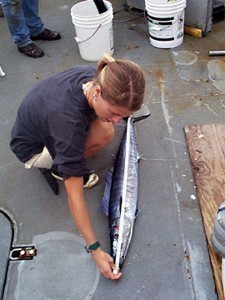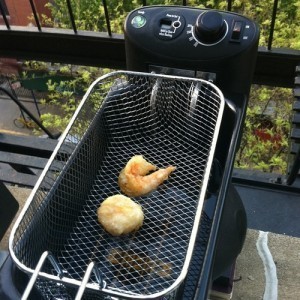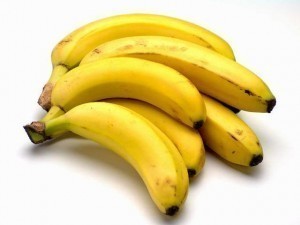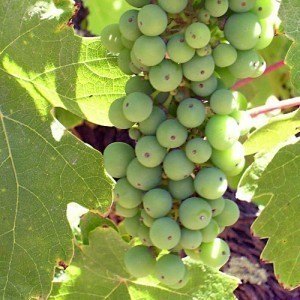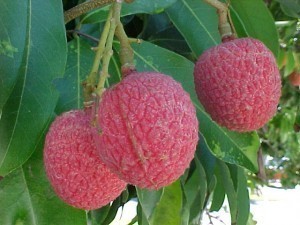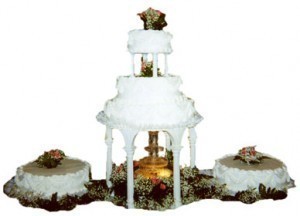Soda Can Dimensions
A soda can is primarily a container used to hold one serving of soda beverage. The most common materials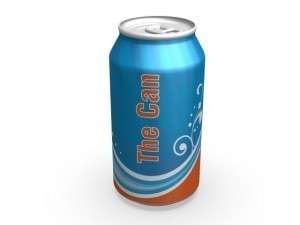 used to manufacture this convenient container are tinplate, steel or aluminum. The earlier versions were mostly made from steel, which did not have the so-called easy-open pull-tabs feature. Aside from its numerous wonderful benefits, it is also good to learn the different soda can dimensions.
used to manufacture this convenient container are tinplate, steel or aluminum. The earlier versions were mostly made from steel, which did not have the so-called easy-open pull-tabs feature. Aside from its numerous wonderful benefits, it is also good to learn the different soda can dimensions.
Dimensions of a Soda Can
The sizes and dimensions of a soda cans vary depending on the place where they are manufactured. In North American countries, the standard size of this type of can is 355 milliliters or 12 U.S. fluid ounces. In India as well as in many countries in Europe, the official size of a soda can is 330 milliliters or 11.2 U.S. fluid ounces. Additionally, other European countries consider a second standard in terms of can size, the measurement of which is 500 milliliters or 16.9 U.S. fluid ounces.
If you go to Australia, the standard there is 375 milliliters or 12.7 U.S. fluid ounces. In South Africa, the standard size of a can is similar to that of India. However, it has a promotional size measuring 440 milliliters or 14.9 U.S. fluid ounces. When empty, a can usually weighs 15 grams or about half an ounce. You need to gather more or less 30 aluminum cans in order to reach 450 grams or an avoirdupois pound. In terms of walls, the thickness of soda cans is measured at more or less 90 micrometers.
Additional Facts and Other Interesting Details
The sizes of cans usually vary depending on the manufacturer. Although some standards are set, there are still variations depending on the location to where the products are to be manufactured and distributed. For instance, the cans produced in countries such as New Zealand, Australia and the United States have diameters of more than 65 millimeters. Aside from soda, the same is also true for ready-mixed spirit drinks, beers and soft drinks. In many European countries, the cans have narrower sizes measuring about 52 millimeters.
The inner part of the can is coated with chemical compounds like epoxy phenolics, vinyl phenolics and vinyl organosols. The purpose behind this move is to prevent contact between the metal and the beverage. During transit, there is a strong possibility for cans to accumulate dust and dirt. This is one of the major disadvantages of using canned products compared to bottled beverages. In order to guarantee freshness, manufacturers are doing almost everything they can to control the distribution as well as packaging of these products.
